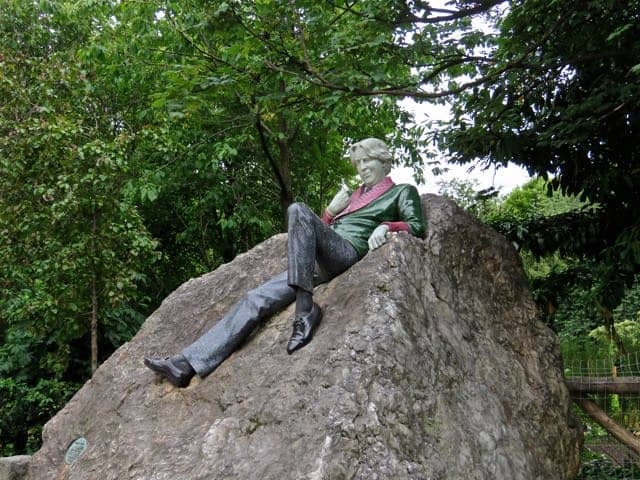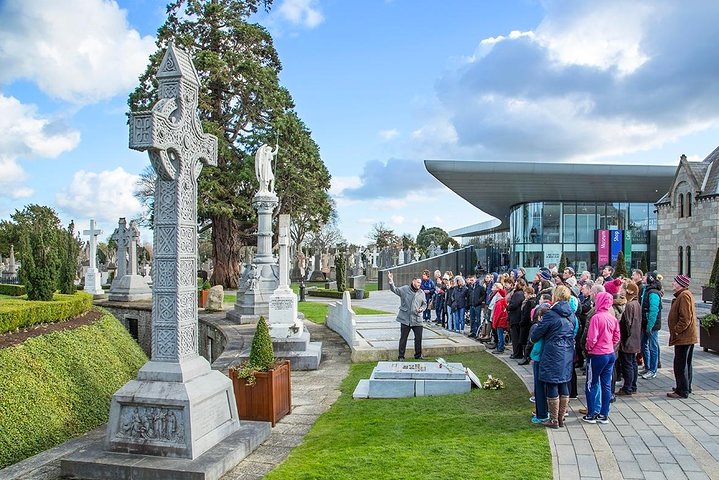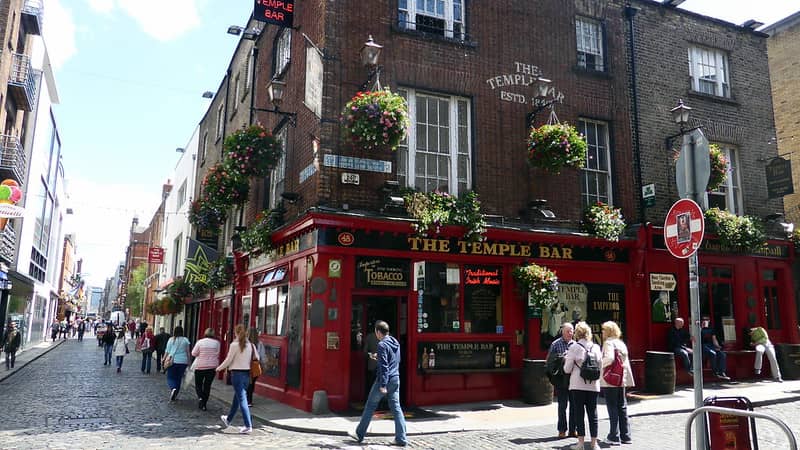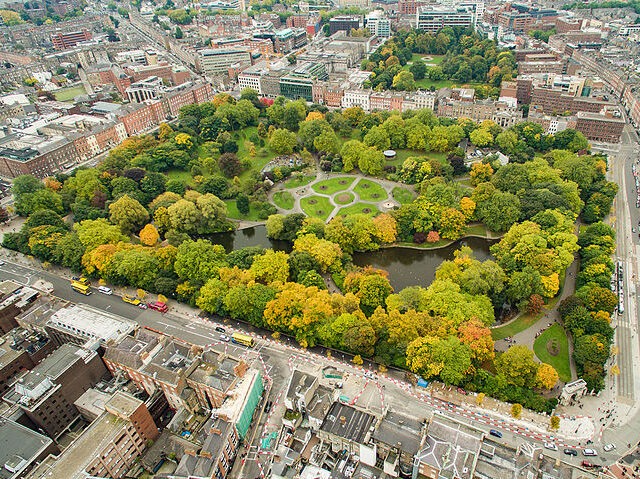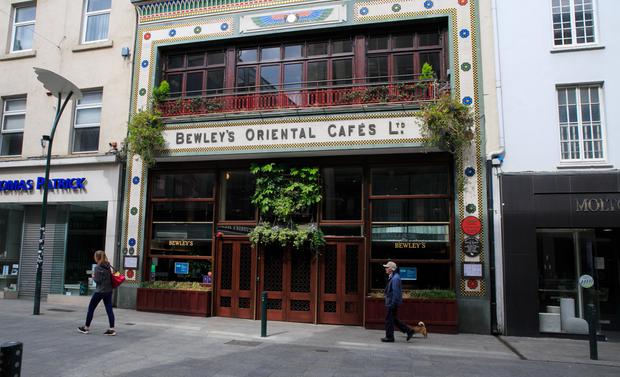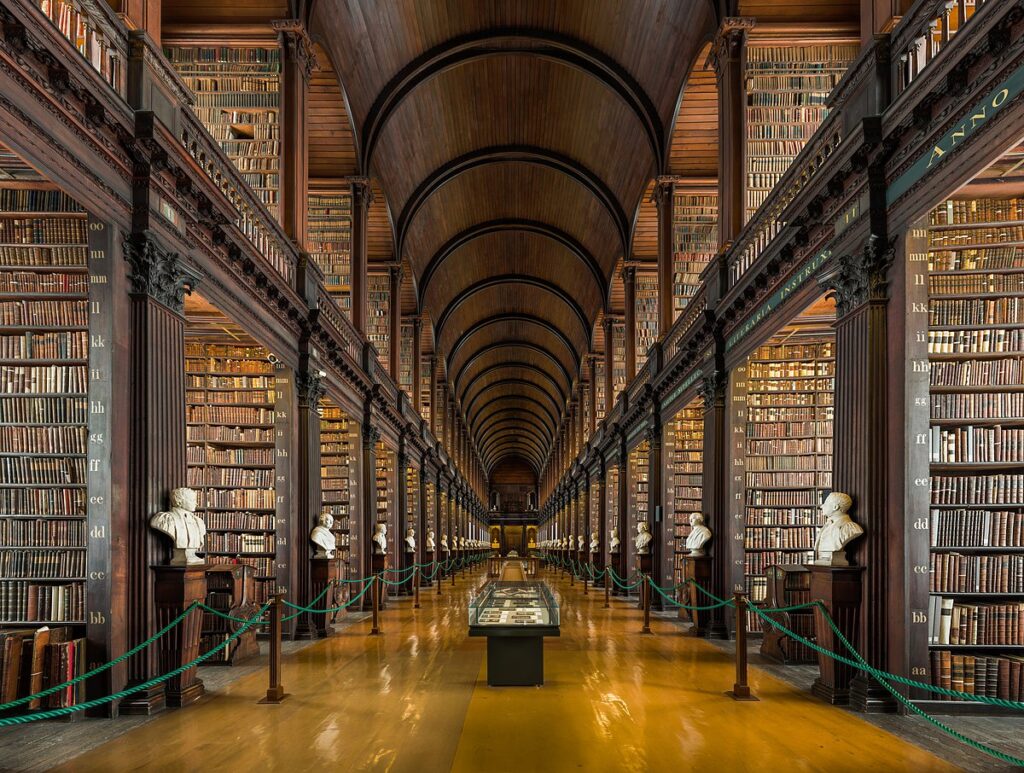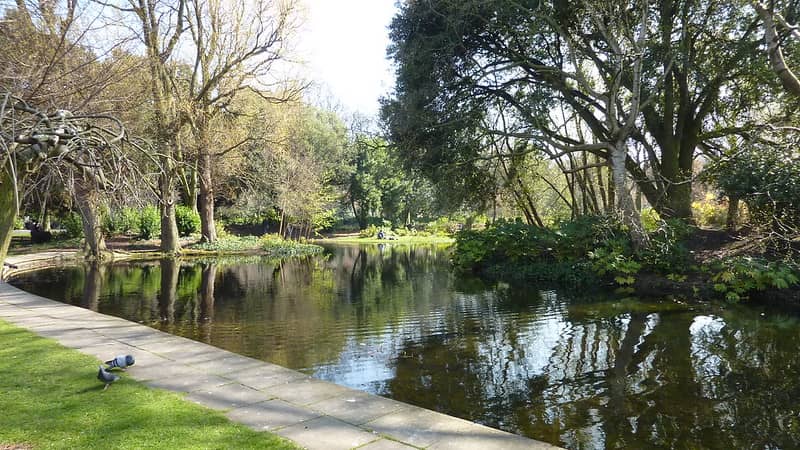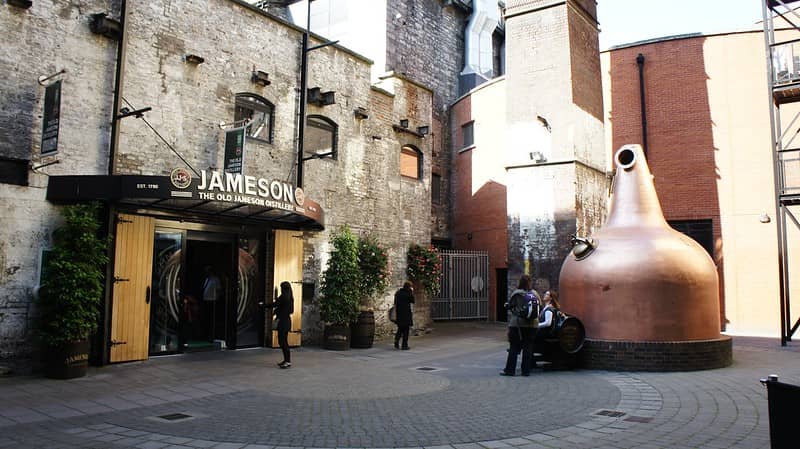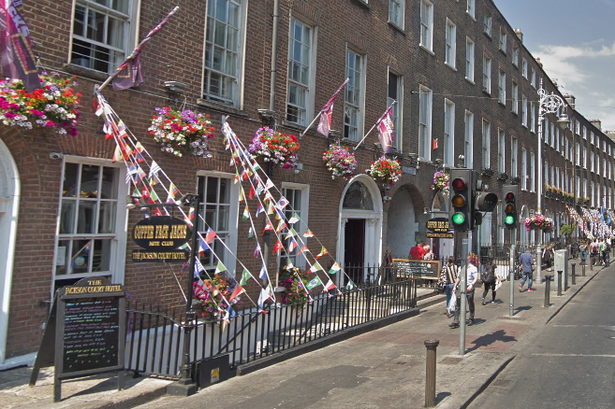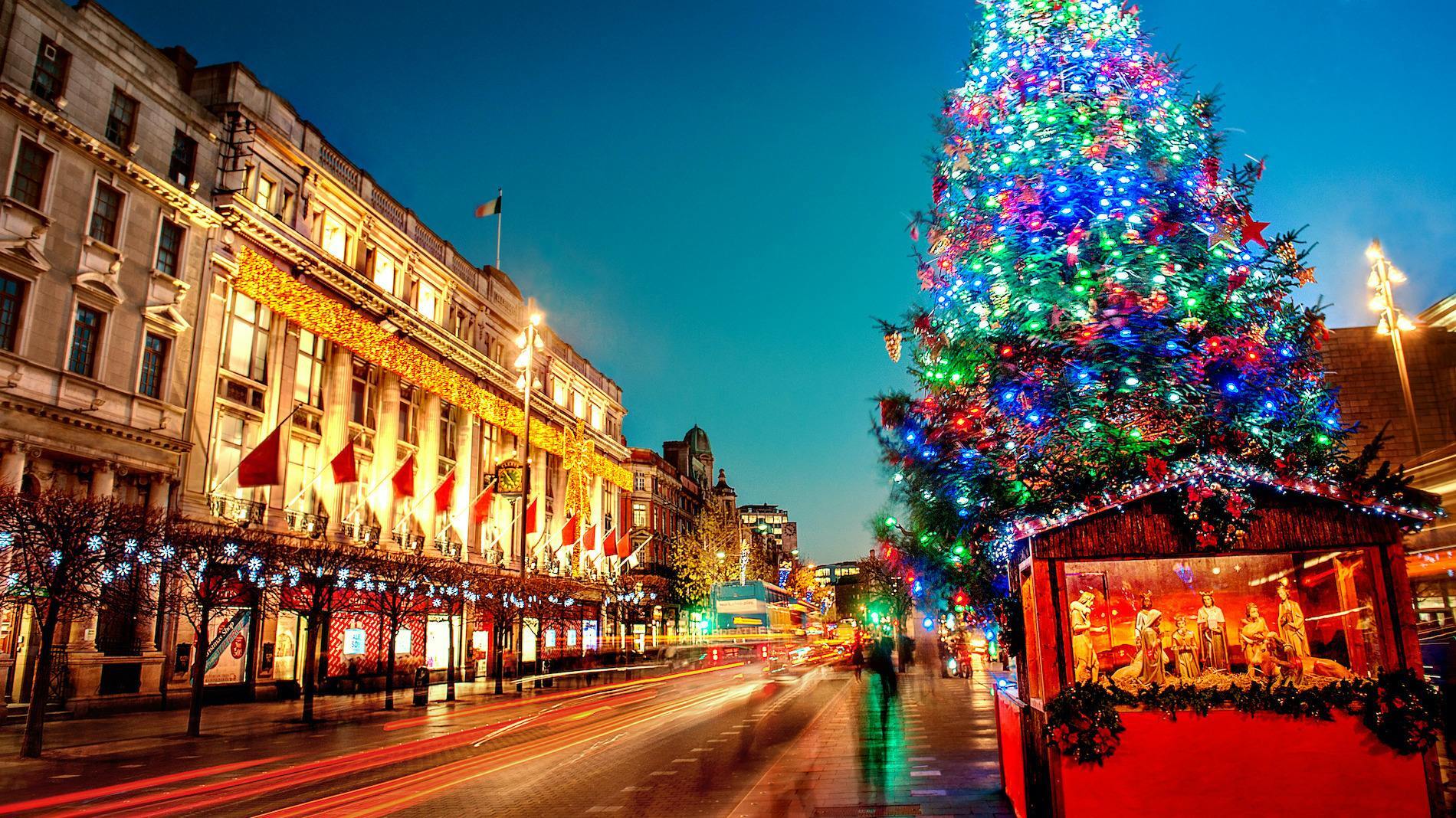Merrion Square: Its Features and History
Merrion Square is a wondrous Georgian garden square located in the heart of Dublin. It’s one of the most beloved parks in the city. The square houses beautiful sculptures and various attractions. If you’re looking for a serene place to rest after wandering through Dublin city, this central square might be an ideal stop.
Location
Merrion Square is on the south side of Dublin’s city centre. It’s a five-minute walk from St. Stephen’s Green or a short bus ride.
The west side houses the Natural Gallery of Island, Government Buildings, and the Leinster House. Georgian houses surround the square on the remaining sides.
Features of Merrion Square Park
Merrion Square is mainly a green space near the centre of Dublin. People can come during the day to enjoy the lovely flower beds and open lawns. It’s a popular place that students from Trinity College and other residents frequent to take short walks.
Merrion Square Park
There aren’t many facilities in Merrion Square Park, but it does have an excellent small playground for children. The Dublin City Council refurbished it during their conservation plan back in 2014.
This playground has a theme based on the short story of Oscar Wilde called “The Selfish Giant. ” The giant multiplay unit in the park is what symbolises the Giant. It’s suitable for younger and older kids alike as there are adequate installations for both.
The most well-known attraction in the Merrion Square public park is the colourful Oscar Wilde Memorial Sculpture. This statue sits in the northwestern corner close to the children’s playground reclining on a rock.
Another notable landmark within Merrion Square Park is the Rutland Memorial. It’s a stone monument that was once a fountain designed to provide water to the poor. Now, it’s a dedication to the Fourth Duke of Rutland, Charles Manners.
National Gallery
It’s one of the top cultural attractions of Ireland. An Act of Parliament founded it in 1854, and the institution opened its doors in 1864. This place houses a collection of European and Irish fine art from the 1400s to the 1950s. It’s a must-see for anyone visiting Merrion Square with even a speck of interest in either history or art.
National History Museum
This building is part of the National Museum of Ireland. It houses a comprehensive zoological collection comprised of animals native to the country. If you come to Merrion Square Park, seeing its famous exhibitions might interest you. These include the giraffe Spoticus and a 20-metre whale skeleton.
Other Notable Places Near Merrion Square Park
There are several localities in Merrion Square Park that are worth a visit. For instance, there are numerous cultural organisations here. Among them are the Irish Traditional Music Archive, The Arts Council, and the Royal Society of Antiquaries of Ireland. Some of these buildings occasionally host public events and lectures.
Once the home of the Duke of Leinster, Leinster House now serves as the house of parliament of Ireland. People can take guided tours, but they need to have an official ID at all times to enter. It’s on the west side of Merrion Square Park.
Trinity College offers stunning scenery the moment it comes into view. People can either walk freely through its grounds or take a tour to go and see the famous Book of Kells. It’s to the northwest of Merrion Square Park, a short distance away.
Places to Eat Near Merrion Square
- Patrick Guilbaud. He’s a celebrated chef of Ireland. His restaurant is incredibly well regarded, not just in Merrion Square but in the entirety of Dublin. The locale serves authentic cooking rooted in traditional French cuisine and introduces modern techniques into the mixture. The restaurant is in the Merrion Hotel, in Upper Merrion Street.
- Pearl Brasserie. It’s right next to the five-star Merrion Hotel, right in the Dublin city centre. The restaurant serves modern dishes with a classical base and Asian and Mediterranean influences.
- Brookwood. It’s seafood, steak, and cocktail restaurant close to Shelbourne Hotel. The setting is unique. It has three dining floors that each offer a different experience. You can watch cooks work on the ground floor, talented bartenders on the first floor, and enjoy their club room on the top floor. It’s diagonal to the Pearl Brasserie, on 141 Baggot Street Lower.
History of Merrion Square Park
This grand Georgian square housed many famous citizens of Ireland in the past, including Oscar Wilde and Daniel O’Connell. People wondering how that came to be might want to read this next historical bit.
Early Development
During the 1800s and early 1900s, the Dublin architecture construction began in the city’s north. Luke Gardiner, an Irish politician and property developer, led this project with his family. The resulting townhouses became favoured residential areas for the elite during this time. Even the Church of Ireland Archbishop, Dermot Ryan, had a residence in it.
Southside Demand
Once the Duke of Leinster finished his Dublin residence in 1748 across the river Liffey on the south, there was an increased demand for homes in the surrounding undeveloped area. Due to this, the estate of Fitzwilliam laid plans for new Georgian developments. These included Merrion Square and St. Stephen’s Green.
Merrion Square took approximately 30 years to complete. Back then, its name was “Archbishop Ryan Park.” It had its ornamental garden, and its western side faced the lawns of the future ducal palace and Irish parliament.
Notable Residents
The Georgian houses of Merrion Square brought many known residents over the following century. Among these famous personalities were:
- Oscar Wilde lived at No.1 Merrion Square. He was a poet and a novelist.
- W.B. Yeats lived at No. 82. He was a poet.
- Daniel O’Connell had his house at No.58. He was a beloved political leader.
- Sybil Connolly resided at No. 71. She was a fashion and interior designer.
From the 1930s to Today
During the 1930s, the Irish Free State government made plans to demolish Merrion Square as they saw it as a sign of British rule. However, they put the plans aside during the war and never pursued them again after.
In the 1960s, the Roman Catholic Church owned the park and hoped to build a cathedral. It was during this period that the park was private. The only people who could access it were those with a key.
After some time, in 1974, the Archbishop of Dublin, Dermot Ryan, leased it as a public park. Now, most of the surrounding buildings in Merrion Square house office spaces.
The Ideal Place for a Stroll
Merrion Square Park is one of the most impressive Georgian squares in Dublin. It’s the perfect place for people to rest and enjoy some tranquillity. People often like to come after spending some time wandering around Dublin.
Its well-kept gardens and its children’s play park make it attractive enough for both kids and adults. However, the surrounding buildings and other nearby places also make it incredibly alluring.
